The post Kinetic Light Painting vs Light Painting appeared first on Digital Photography School. It was authored by Simon Bond.
One of the most exciting techniques in photography is light painting. This is an area of photography that can be carried out in several ways. In this article, you’ll learn about both kinetic light painting and regular light painting, what the difference is, and the different techniques employed by these styles. So engage the hyperdrive and put your creativity up to light speed today!
What is light painting?

This photo has used camera rotation to add more interest to this photo of some skyscrapers.
Light painting happens when a source of light moves across the frame of a camera during a long exposure. You’ll almost certainly need a tripod to practice good light painting photography, though there are some abstract light paintings you can do handheld.
The exposure time is typically between two and thirty seconds in length, but some photos expose for much longer and use the bulb function.
The simplest light painting you can do is to use a torch to spell your name. The complexity of light paintings can then go up as different tools are used to produce increasingly complex and beautiful light patterns. Light painting has a cousin though, and that’s kinetic light painting. This works slightly differently.
How does kinetic light painting differ?
With regular light painting, your camera will stay completely still, while a light source in front of the camera gets moved. However, with kinetic light painting, the camera or elements of the camera are moved, while the light source stays completely still. The movement of the camera is the reason this is called kinetic light painting.
The two main methods available to move the camera are moving the lens or moving the camera body.
Light painting techniques
Let’s look at the different light painting techniques you can try. These almost certainly need a tripod to carry out correctly.
Light writing
This is often considered the simplest of the light painting techniques. A regular torch is all that’s needed, along with a camera and tripod. You don’t have to use a torch; a sparkler or the glowing embers at the end of a piece of wood work too.
You now need to write your word, or perhaps a shape in the sky. Make sure you use a long enough exposure to complete the light writing you’re going to attempt. Also note that you’ll need to write as a mirror image, so when you write the “S” or any other letter, make sure it’s backward.

In this photo, embers were used to spell the country name, India.
Lighting an object
Instead of aiming your light source at the camera, you’re going to aim it away from the camera so it can light up an object. It’s likely you’ll also be stood behind the camera when you’re lighting up an object, but in some cases, you will need to stand in front of the camera. When stood in front of the camera, ensure no part of the light source shines towards the camera; it’s likely to ruin the photo.
Now stroke over the object you wish to paint – literally – as if your light source was a brush. Ensure you get an even distribution of light. You can experiment with sidelight if you wish to bring out more textures in your object. This technique will likely involve longer exposures of ten or more seconds.
Light orbs
These are created by attaching a light source to a piece of string and then spinning it.
The typical light you’ll use for this is a torch, LED light, or fairy lights bunched together. In addition to spinning the light source, you’ll need to rotate around the central point of rotation. Imagine your hand is the central point. You need to orbit your hand while spinning the light source.
It can be tricky to create the perfect light orb, so you’ll need to practice this technique.

Light orbs look great in photos, they take a bit of practice to get right though.
Light Spirograph
This is similar to creating a light orb, and once again you’ll be placing a light source on the end of some string. This technique is carried out indoors. The string is attached to a hook, with the hook attached to the ceiling.
Place the camera directly below and in line with the light source. Turn the lights in the room out, and ensure no outside light is shining into the room from a window.
Now set the camera to expose for 10 or 15 seconds. Pull the string back, and allow the light source to spin in an elliptical shape. Now check your result, and repeat if needed.

This shows interesting patterns from a light Spirograph.
Created your own light trails
This is the area of light painting that’s perhaps the most fun. There are lots of tools out there you can use. Anything that lights up will work. This is where the patterns can get more complex, but the key to good light painting is to keep it simple.
Have a look at some of these tools, and see which one appeals to you.
- Lightsaber – These don’t emit a strong point of light, but you will be able to use them to create smooth panels of light. As the light isn’t strong, it’s likely you’ll see the scene behind the light painted area, sometimes a desirable trait.
- Glow stick – These work in a similar way to a lightsaber, and the amount of light they produce are low so you’ll need to use this in a dark place.
- Wire wool – Pack some fine wire wool into a whisk, attached to some string. Now set the wire wool on fire and spin! Sparks will fly, but take care not to cause a fire or burn yourself.
- Fairy lights – Use battery operated fairy lights for light painting. Use them to create a light orb, or attach them to a stick and make your own D.I.Y. light stick.
- LED light stick – This is your all-in-one light painting mega tool. It’s expensive but you’ll be able to produce more or less any light painting effect. And you only need one device to do it.
- Hula-hoop light – These are a little like the LED light sticks. Only instead of a stick, the programmable lights are now in a hula-hoop. They’re often used by dancers but also work very well in photography as well.

In this photo, you can see light patterns created using an LED light stick.
Light trails
You don’t always need to make your own light trails. There are plenty of opportunities to photograph moving lights created by others! You have no control over how these lights move, however, you can choose places with predictable light trails, and you can choose where to stand.
The following are examples of where you can photograph light trails.
- Traffic trails – The most obvious and easiest light trail is formed by moving vehicles. It’s nice and predictable as well, as everything will move along a road network.
- Boat lights – Boat light trails are a little more difficult to photograph. Choose a location with regular boat traffic, perhaps a river taxi area. Finally, be prepared to take several exposures, and merge them together in Photoshop. Boats move a lot slower than cars, so they won’t move through your frame in a single 30-second exposure.
- Stars – Use a series of 30-second exposures and stack them together to form one photo. It’s best to aim at the north star or southern crux, this will lead to stars rotating across the sky.

Kinetic light painting techniques
While regular light painting often needs additional equipment, kinetic light painting only needs a camera, lens, and a tripod. The lens you’ll need is a factor; you’ll learn about that in a moment.
The following are the different ways you can move your camera to create light paintings.
Camera zoom
This is a technique that uses the movement of a zoom lens to produce a light painting. The idea is that you use a long exposure and that during the exposure, you move the focal length of the lens. With nighttime light painting, it’s best to zoom out, starting at the lenses longest focal length. The best lens to use here is a superzoom 18-300mm lens since this gives you more choice over the focal distance range you’ll use for the photo. If this lens isn’t available a wide or mid-range zoom lens is the next best option.
- Abstract – To create this type of photo, zoom in on some lights. Now expose for two or three seconds, and continuously zoom out during the exposure.
- Two-step – With this approach, you’re going to combine the abstract zoom burst described above with a regular photo. To do this, first pre-compose your photo at the final focal length you’ll finish your photo at, and focus in manual mode. Now zoom into the central area you’ll zoom out from. Take a 30-second exposure. The first 2-3 seconds will be the zoom burst, and the remaining exposure time will be the regular exposure.
- Flash – You can combine zoom with flash photography as well. The flash will freeze your subject, usually a person, and then you can zoom out for the remaining part of the exposure. Use a shorter one-second exposure for this method.

This photo has used a zoom burst to create light patterns. The photo is cropped in so that the central zoom area is off-center.
Camera rotation
Another type of kinetic light painting is camera rotation.
This works best when rotating from the head of a tripod, and for that reason, you’ll often be using a worm’s eye perspective for this photo. Once again, you can take this as an abstract, two-step or you can combine it with flash. This type of photo really needs a wide-angle lens. You might even experiment with a fisheye lens.
- Abstract – Look for a light source that’s tall and vertical, preferably lit from top to bottom. A skyscraper or tower is ideal. Use a two to three-second exposure and continuously rotate the head of the tripod during the exposure.
- Two step – Once again, you’re going to combine the abstract photo described above with a regular nighttime long exposure. This time when pre-composing, make sure you make a note of the angles of degree on your tripod head that you begin the exposure at. Now take a 30-second exposure, once again rotating the camera head during the exposure. However, this time, when you reach the number on your tripod head that you started the exposure, it’s time to lock the camera in position for the remaining exposure time.
- Flash – Use a one-second exposure time, and aim the flash at your subject. Now smoothly rotate the camera around the central point of your photo. This must be done handheld, making this a tricky technique to get right.

You can use flash in combination with a zoom burst, as seen in this photo.
Random camera movement
The two above techniques use controlled movements of the camera for light painting. The moving part can only move in one way, so you get smooth lines through the photo.
It’s also possible to use random movements of the camera to produce light paintings as well. You can even do this using the two-step approach used for zoom and rotation.
The abstract approach is easiest. Use some fairy lights and randomly move your camera in front of them. To use the two-step approach, you’ll need to move the camera around in some random motion. Once finished, lock the camera in position for the remaining exposure time.

Other movements can be used for kinetic light painting. The risk is the photo becomes too busy.
Conclusion
There are many forms of creativity in photography, especially at night. Light painting is a great technique to experiment with, and kinetic light painting is an interesting sub-genre of this that’s really worth exploring.
Have you tried light painting before? How about kinetic light painting?
Here at digital photography school, we’d love you to share your experiences of these techniques, together with any photos you have taken, or will take having read this article.

The post Kinetic Light Painting vs Light Painting appeared first on Digital Photography School. It was authored by Simon Bond.
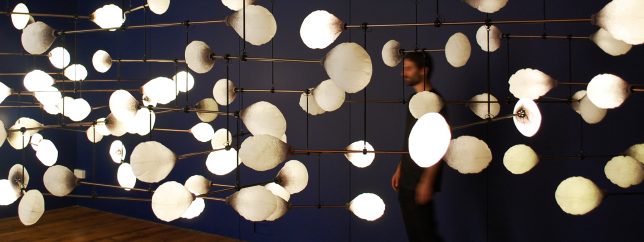
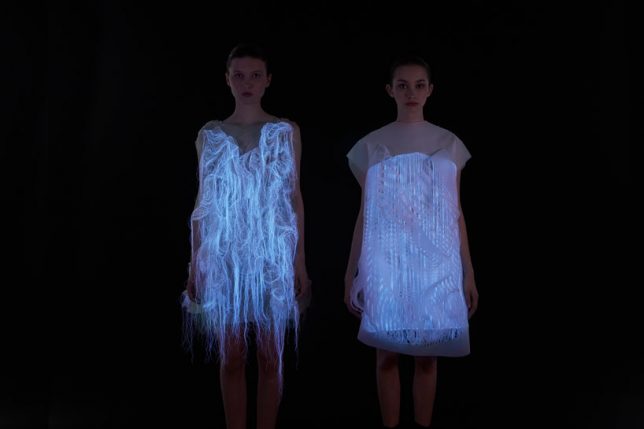



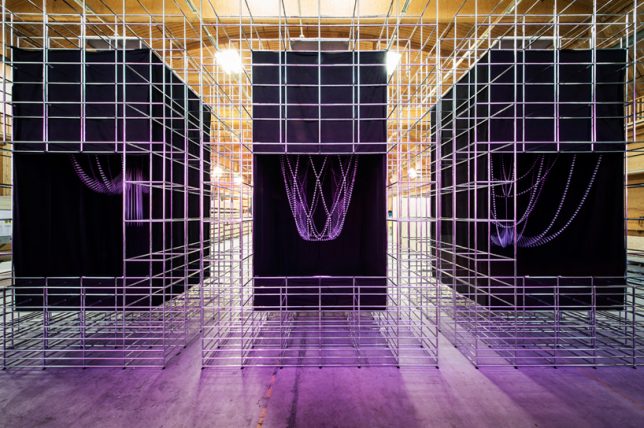
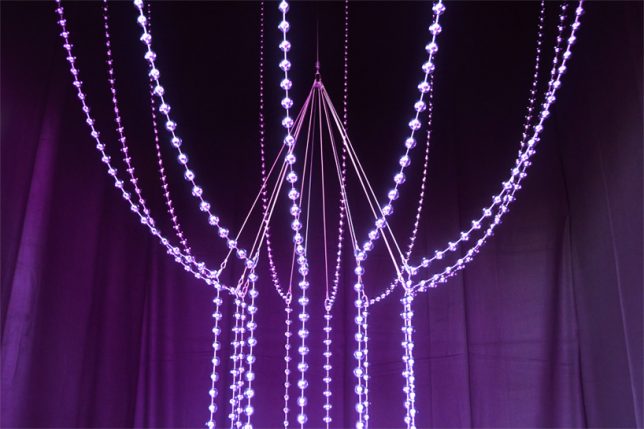

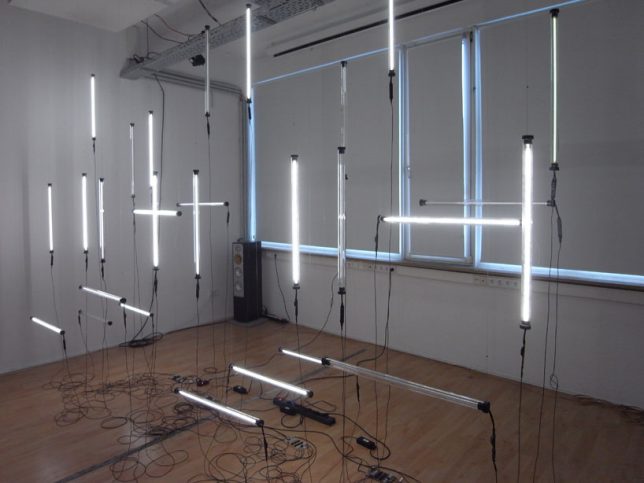

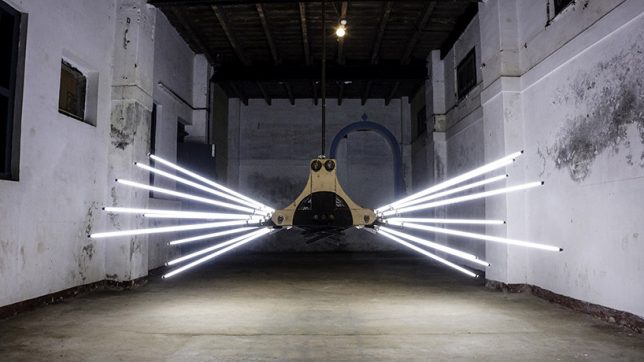
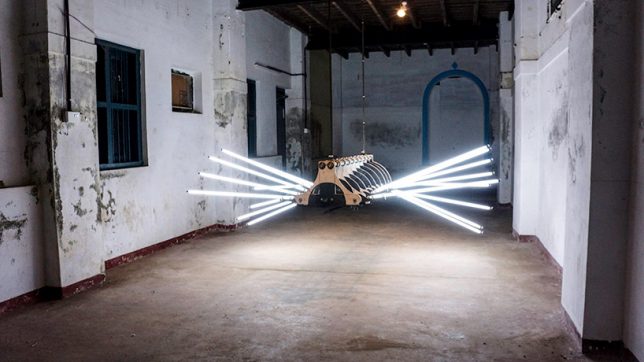
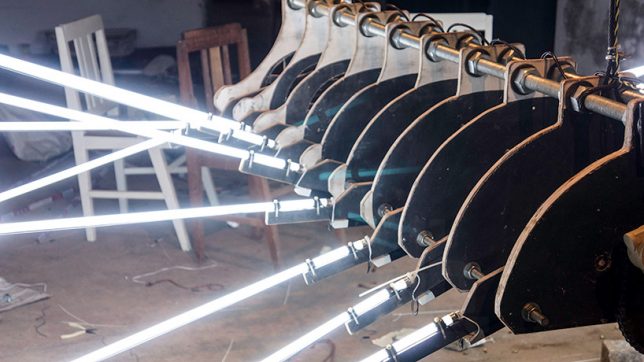




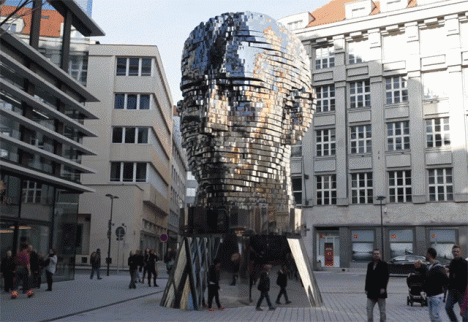
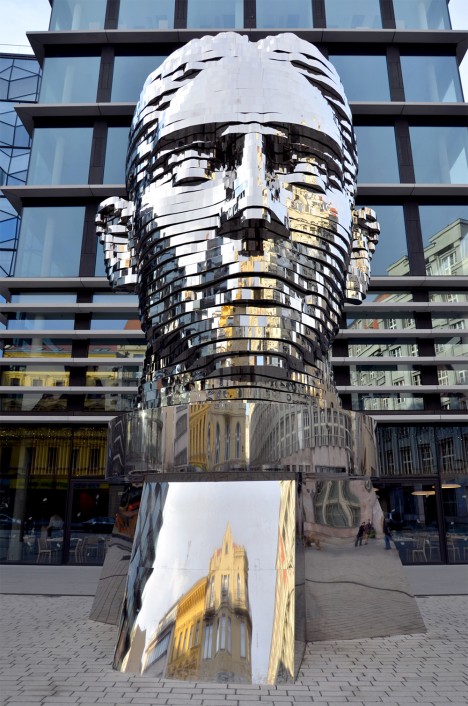
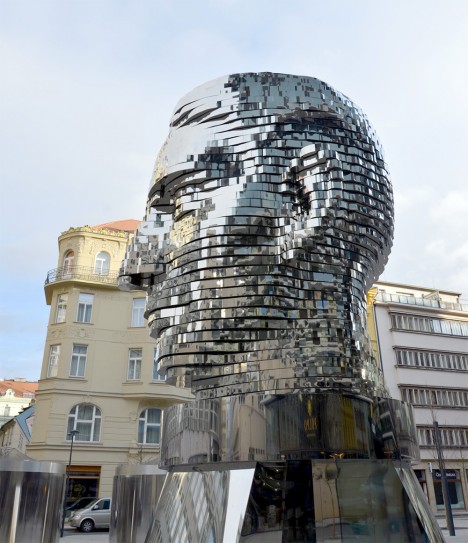



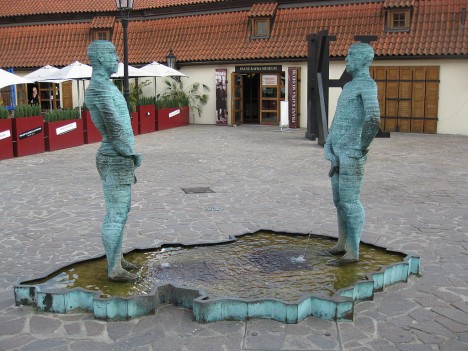
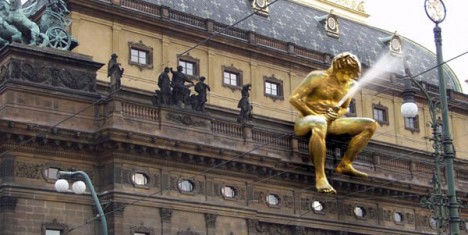

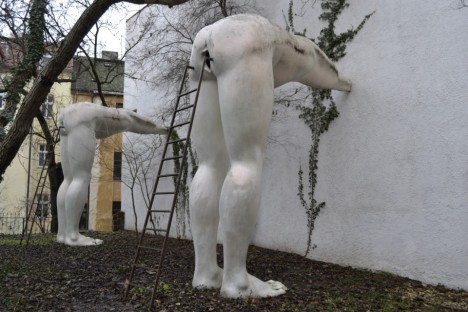
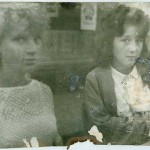
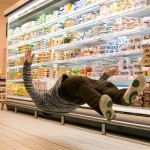
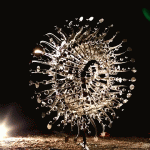




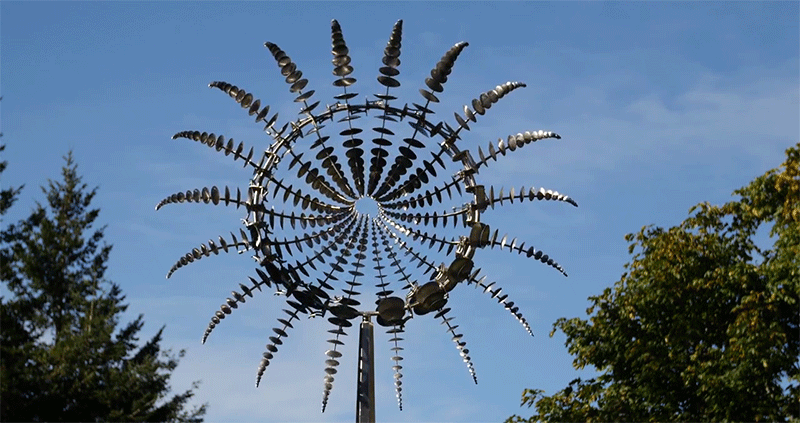
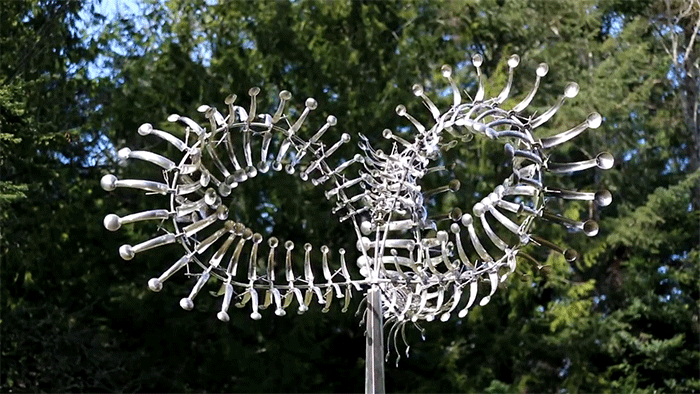
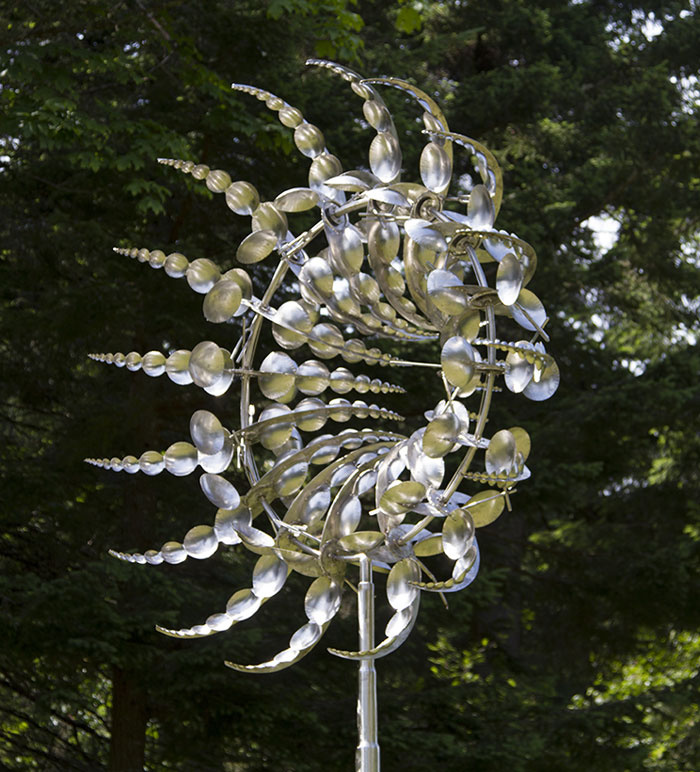
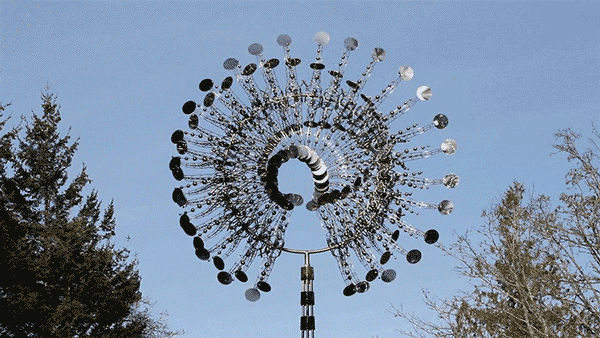
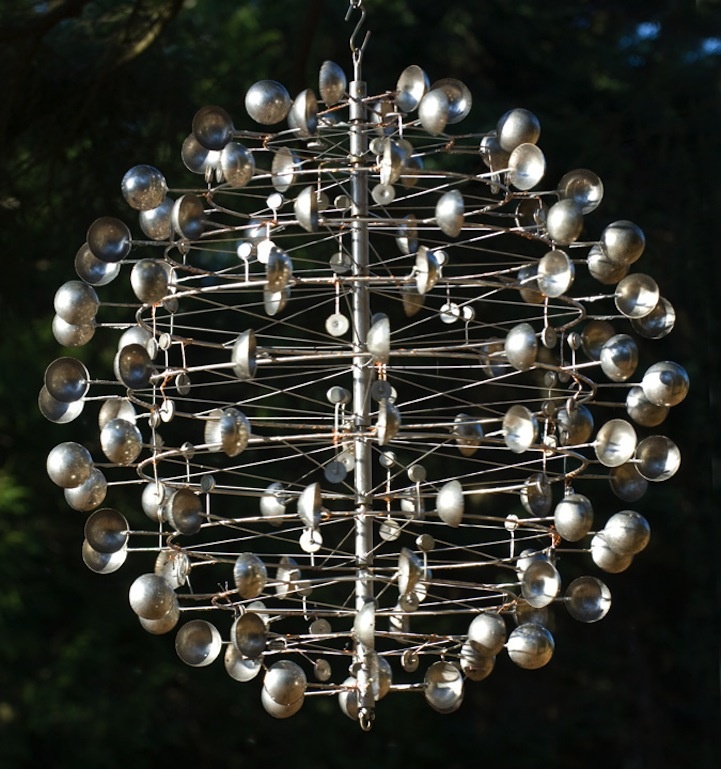
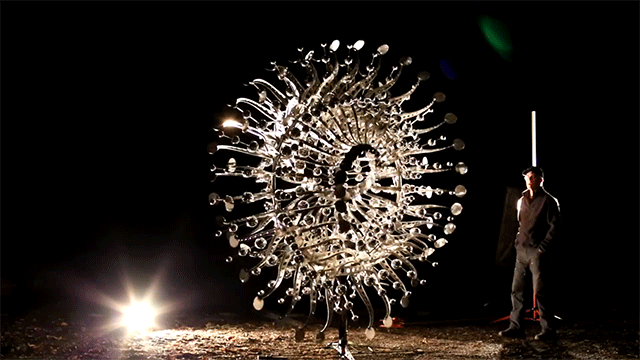
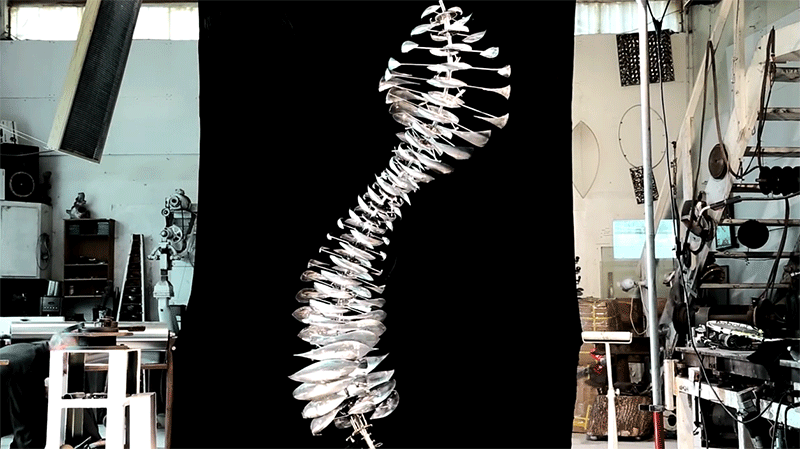
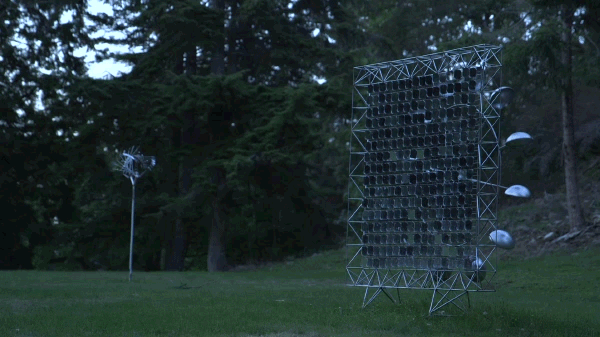
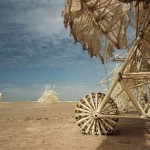
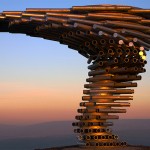
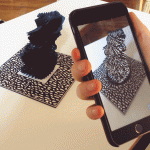
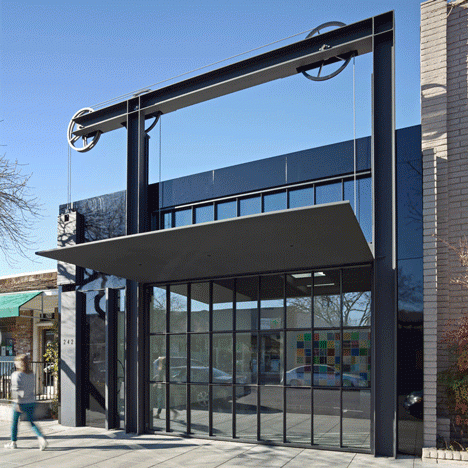
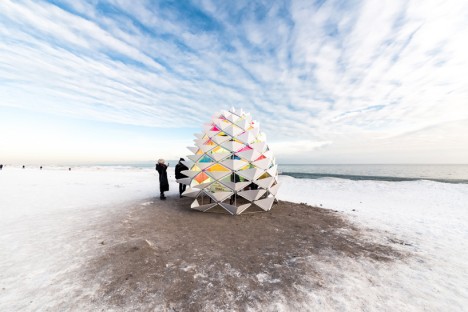
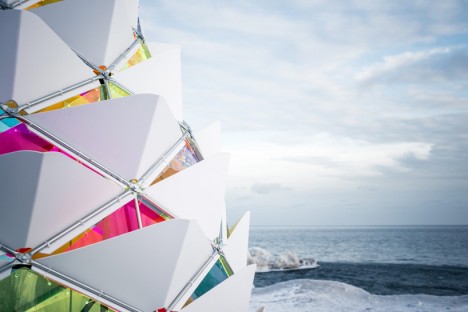
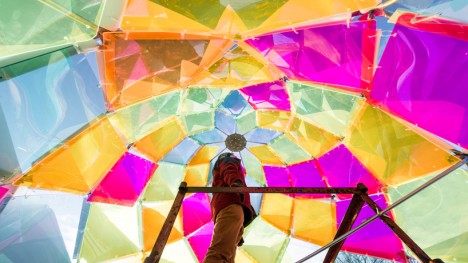
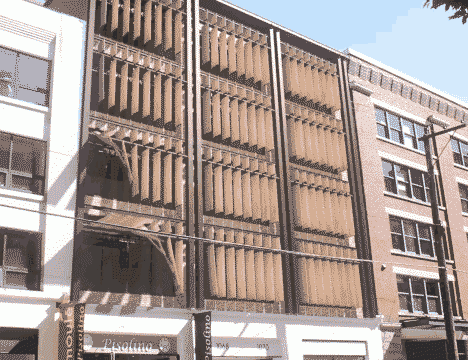
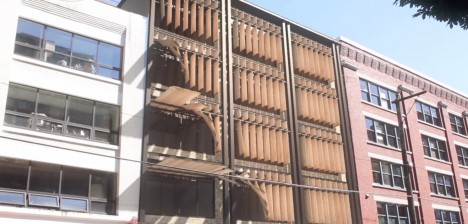
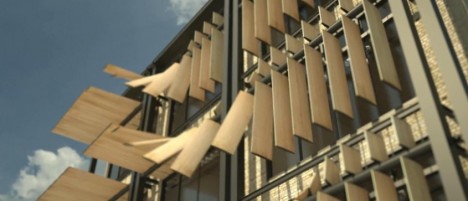
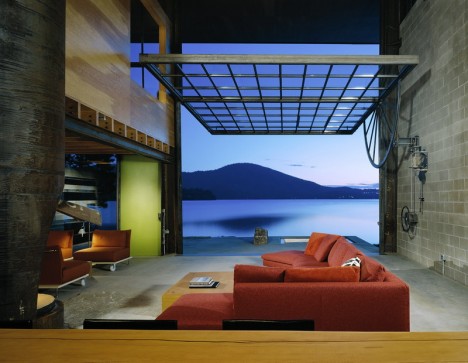
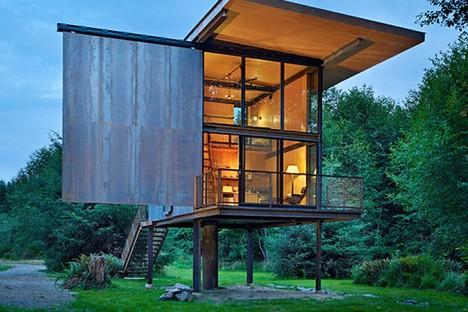
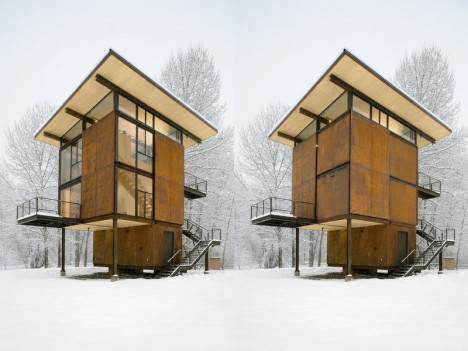
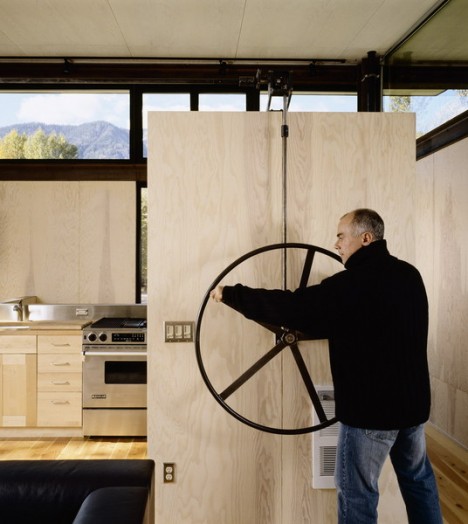
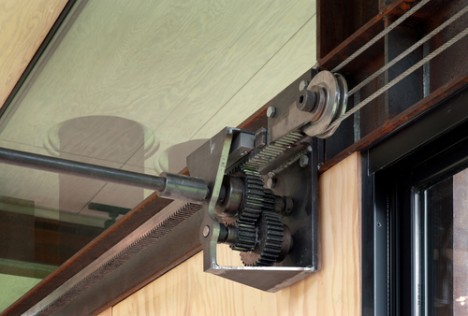

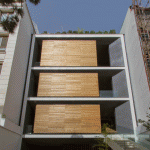
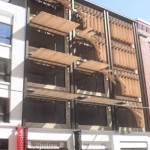


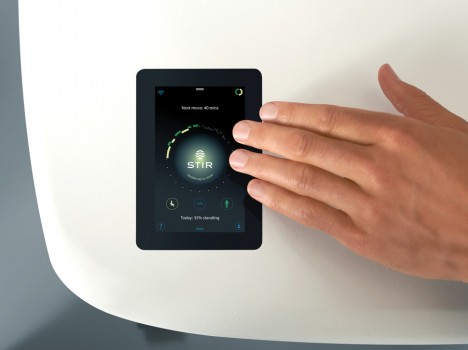

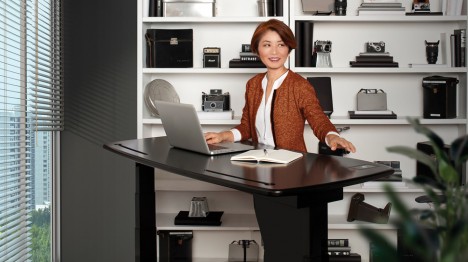
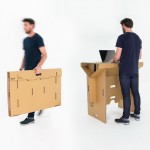
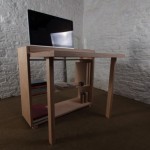
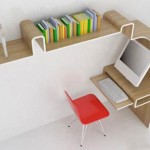
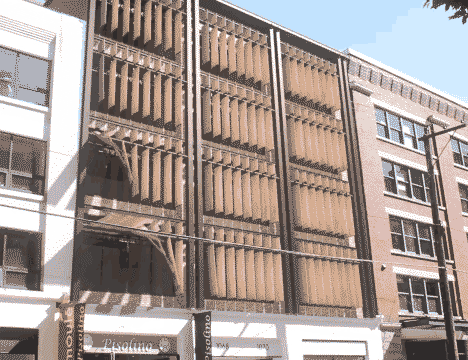
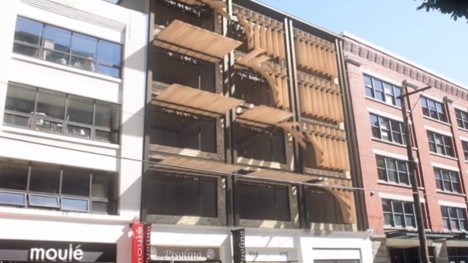
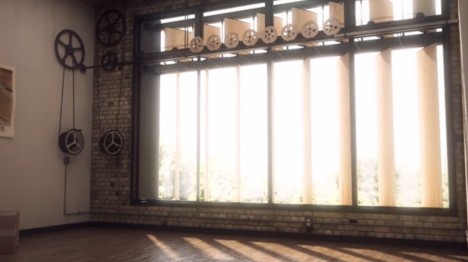
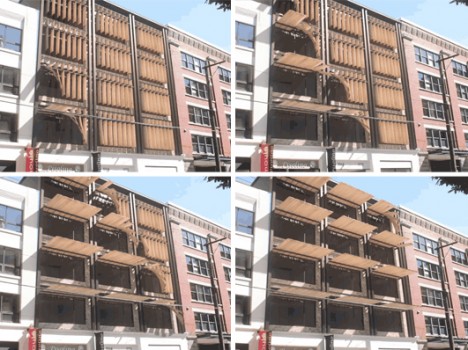
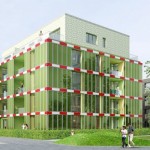
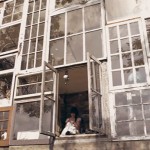
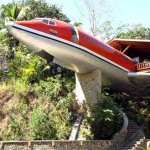
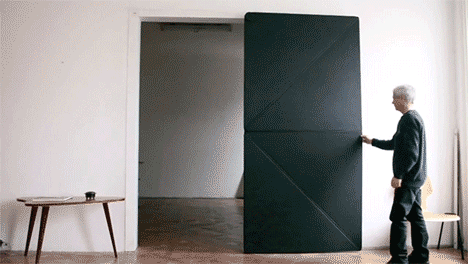
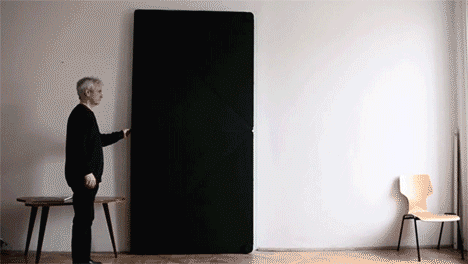
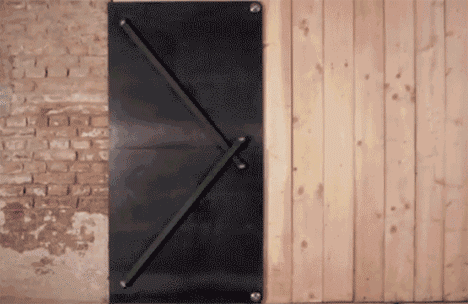
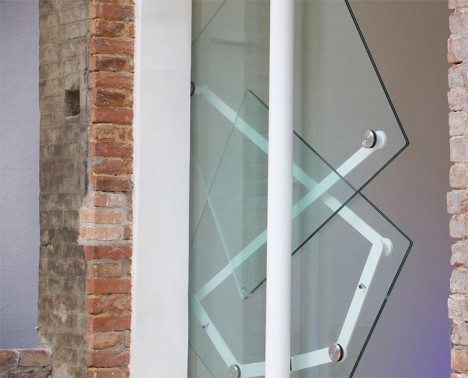
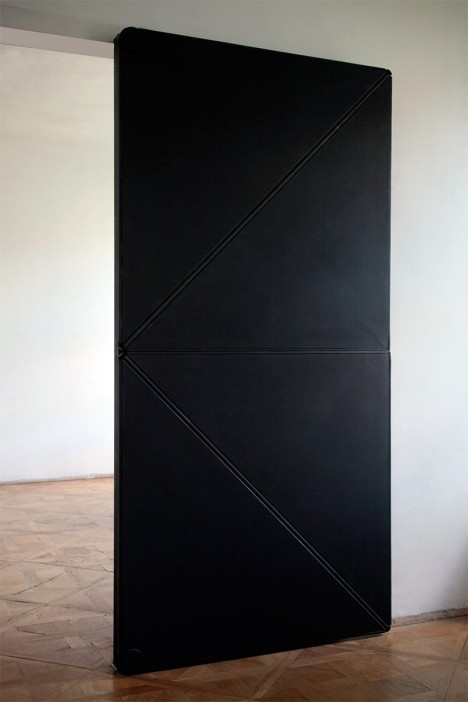

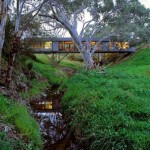
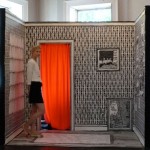
You must be logged in to post a comment.